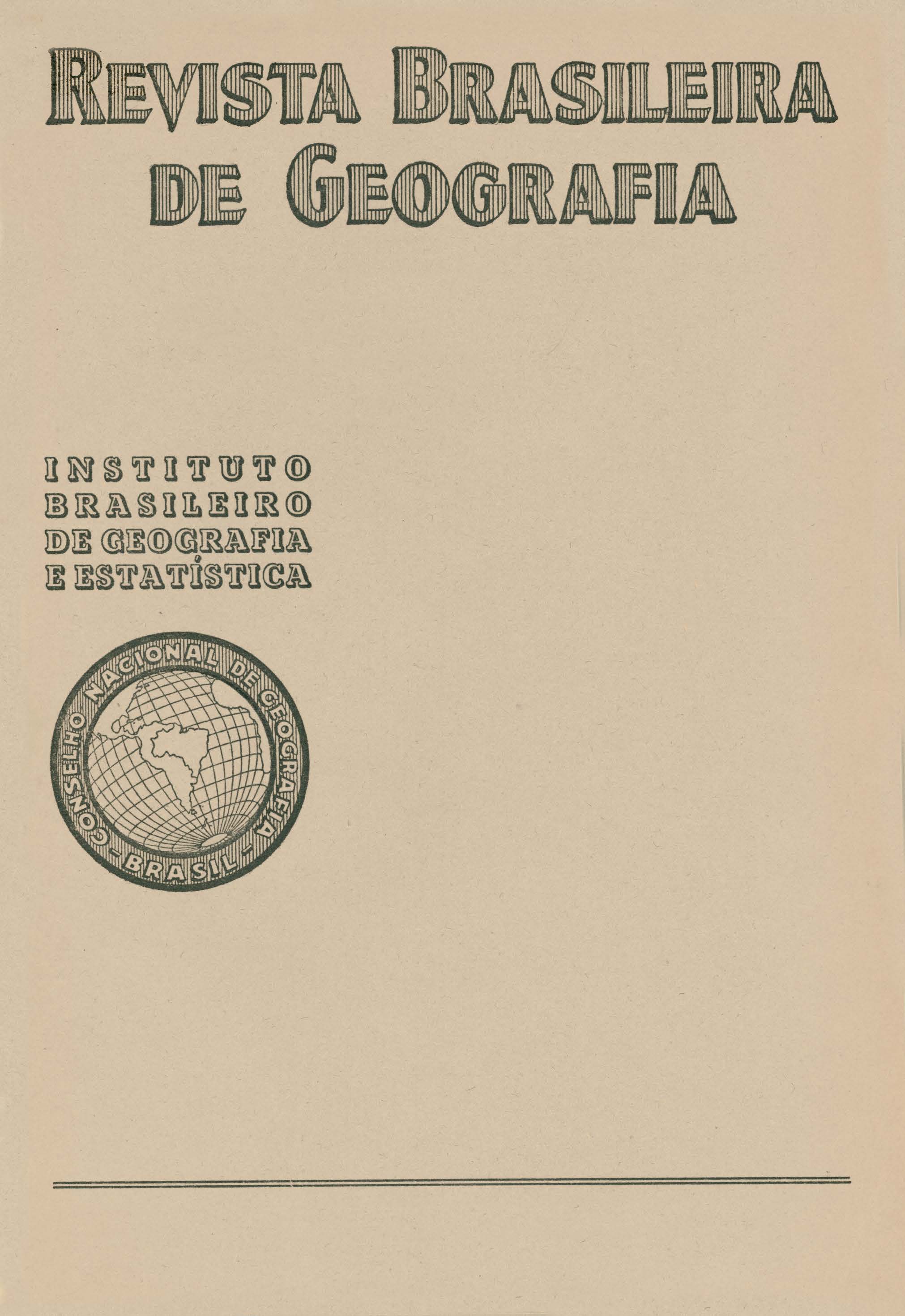Contribuição à geologia da Região Centro-Ocidental da Bahia
Keywords:
Bahia;, Geografia Arqueológica;, Geologia Estratigráfica.Abstract
In this article, Alfredo José Porto Domingues, geographer of the National Geographical Counsel, gives a geographical description of the region of the State of Bahia through which he traveled. There are very few geological studies of this region.
First he groups the geological formations that he encountered into the following regions: Archean, Jacobina range, Tombador range, Bambuí range, Cretaceous (Urucuian formation), Vazantes range and Karstic limestone.
He describes the Archean outcroppings, citing their locations and then making a short attempt to correlate the acid veins that cut the Archean Correntina rocks and where gold is found. The Archean age is represented by granites and gneisses in the region through which the author transversed.
Continuing to the Jacobina group, he first describes the area where it is located and then presents a short paleographic study and correlation work of the area, based on its petrographic features, tectonic features and consequently from its classic manifestations to the present day.
The Itacolomí group is represented as being two linear ranges of quartzite which set them apart from the Espinhaço range. They cross the São Francisco river at two points- Pernambuco and Mór Pará and continue onward to be cut by the· Grande river at Boqueirão and Estreito, respectively. They belong to the Tombador range.
The Bambuí range has a large area of geographical distribution. Its characteristic rock is limestone with phyllites and sandstone also In the area. On this rocky formation is where 80% of the population of the zone is located.
Above 650 meters, we find another sandy formation - Urucuia formation - of cross bedding stratification. It constitutes a very important physiographic type - the large plateau. We find the Vazantes range to have been formed very recently and to be constituted of clay interlayed with sandy layers and false stratification. Recent limestone deposits, possibly from the Pleistocene Age, are found in the João Rodrigues dolines.
Finally, he presents a paleogeographic sketch of the region that was studied. He divides the area into two parts - the ancient formations that came from the Archeozoic and Proterozoic ages and from which resulted fundamental shield and others more recent which we will study.
After the subsidence, a large Silurian sea was created. The level of the sea changed several times giving it variations in appearance; finally, the uplift took place and the region suffered from the influences of the Caledonian diastrophism. After the erosion, the region was planed and the Urucuian formation deposited itself. The region emerged and a period of erosion took place with the formation of the escarpments of the large plateau. With the passing of time, large plains were formed where the Vazantes range placed itself. The present lowering period has not yet affected the region traversed.
To illustrate the work, photographs, geological outlines and a geological map of the region traversed are presented by the author.






